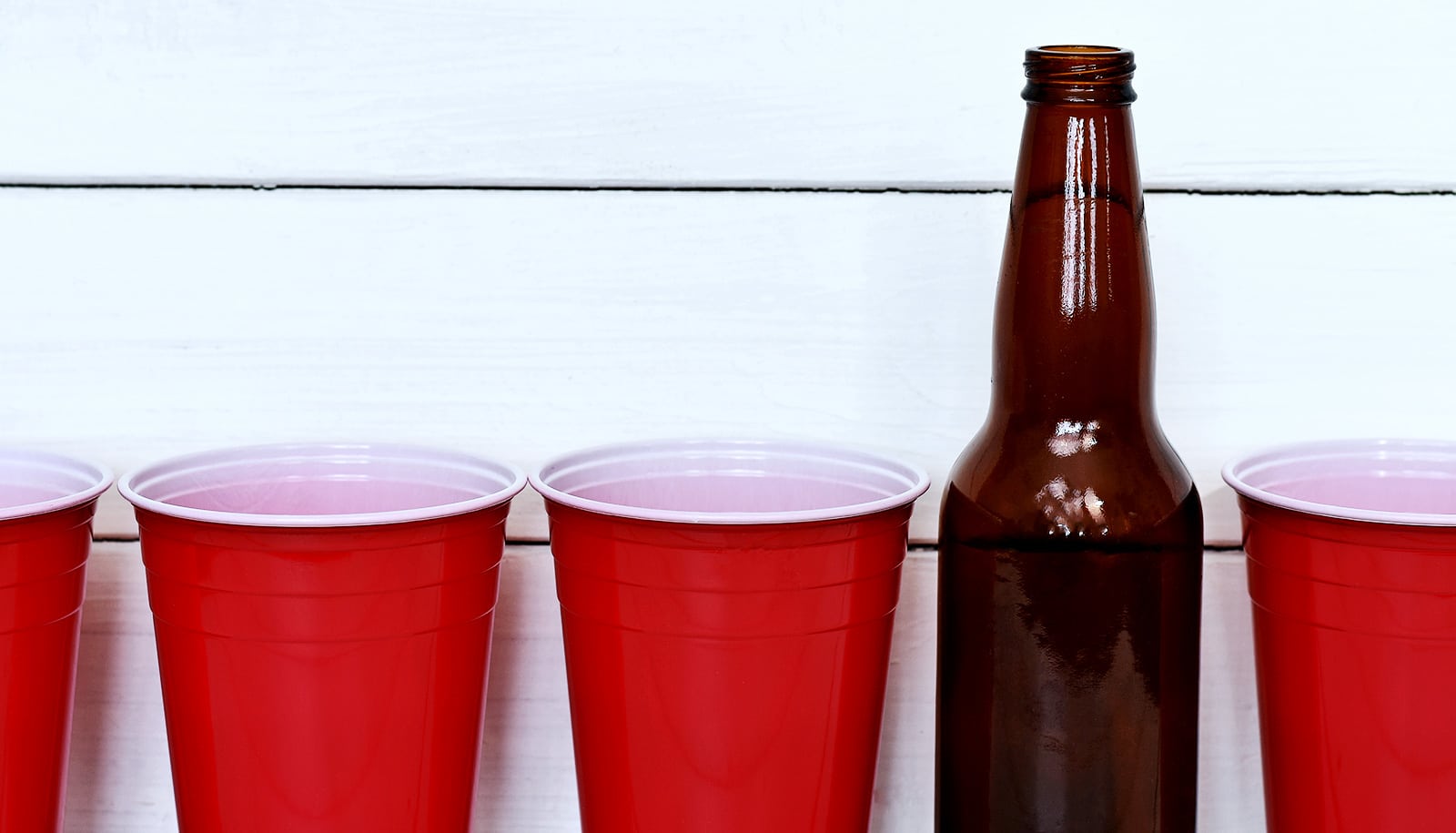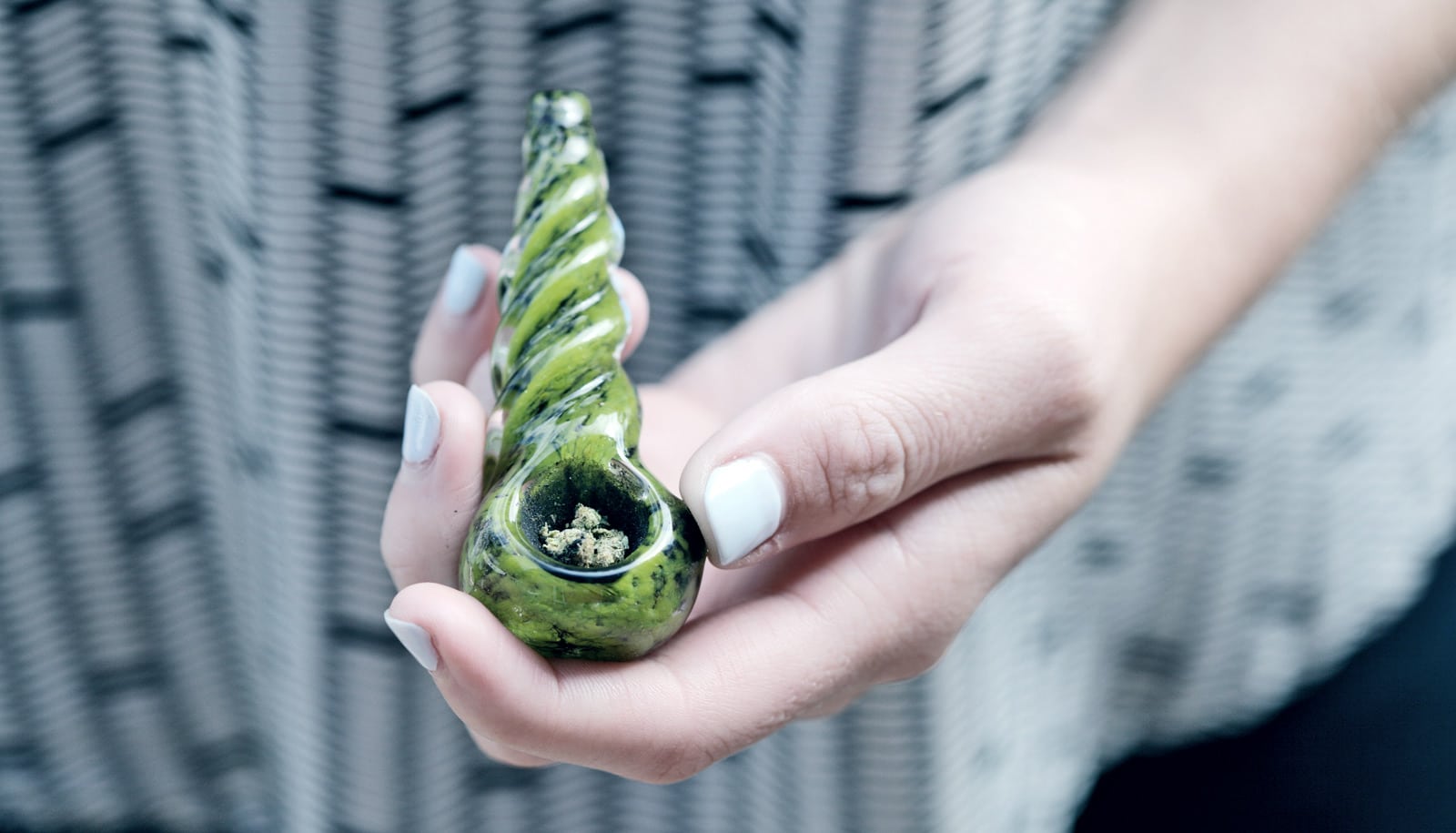Children whose mothers use marijuana between the time they’re born and when they turn 12 start using marijuana two years earlier than their peers whose mothers did not use marijuana, according to a new study.
A number of studies have shown that child and adolescent marijuana use is associated with impairments in attention and concentration—and that those who start using marijuana early are at increased risk of health consequences.
The new study, which researchers based on nationally representative longitudinal surveys, appears in the American Journal of Preventive Medicine.
Natasha Sokol, the study’s corresponding author and a postdoctoral fellow in the Center for Alcohol and Addiction Studies at Brown University’s School of Public Health, conducted the research while she was a graduate student working with Cassandra Okechukwu, a researcher at Harvard University.
Here, Sokol shares her insights on the study’s key findings and their implications.
Was this the first study looking at when the children of mothers who used marijuana started using the drug themselves? What were the major findings of your study?
This was the first longitudinal study performed on a nationally representative sample to look at the effect of a mother’s marijuana use during her child’s lifetime on the age at which a child first used marijuana.
We found that on average, children of marijuana-using mothers first used the drug themselves two years earlier than children whose mothers didn’t use marijuana, and that they were more likely to start before age 17.
Is using marijuana at a young age harmful? In what ways?
There are a lot of potential explanations for marijuana’s stronger effects on health among those who begin using as children and adolescents. There is evidence that cannabis use may disrupt certain important aspects of brain development including by disrupting the function of the endocannabinoid system. However, we also know that the acute effects of cannabis can disrupt learning and educational attainment during a critical period in an individual’s life, setting off a cascade of negative consequences that have impacts throughout the course of one’s life.
What are the next steps for this research? What are some potential interventions that could delay marijuana use by the children of mothers who use the drug?
We would like to understand the mechanisms underpinning the effect we found. For example, what proportion of these kids were actually aware of their mother’s marijuana use? Does that make a difference? How does marijuana use for medical or recreational purposes impact a parent’s confidence in their ability to effectively talk to their children about marijuana use?
We hope that this research will help pediatricians and adolescent health care providers better identify children who are at greater risk for early marijuana use, in order to deliver appropriate interventions. We also suggest that medical marijuana prescribers counsel their parent patients on the disproportionate consequences of marijuana use during childhood and adolescence, and equip them with evidence-based prevention support. Because this was not an intervention study, we haven’t made specific recommendations for types of interventions—but as with everything, the best intervention is evidence-based.
Based on this research, do you think the legalization of marijuana will increase use by adolescents and young adults? Should voters and policymakers take this into consideration?
Our research does not study the effects of legalization on child and adolescent marijuana use. However, it does indicate that use by close adults may influence a child’s likelihood to begin using marijuana early.
It is important to continue to monitor the influence of legalized adult use on child and adolescent use rates. However, the criminal justice system has historically had profoundly negative impacts on individual, child, and family health. And marijuana arrests have disproportionately contributed toward mass incarceration and health inequities in the United States. There is also evidence that states with legal medical cannabis experience fewer deaths from opioid overdose, and that cannabis may aid in successful treatment for opioid dependence.
For these reasons, marijuana prohibition may not be consistent with public health goals. Instead, policymakers may consider using tax dollars from legal marijuana sales to deliver prevention programs to children and adolescents at higher risk for early initiation and continuing to regulate marijuana in ways that restrict adult use in public places where children may be exposed.
Source: Brown University



